|
30th January 2022 Sunday and we're at The Sovereigns for a rare afternoon of gaming and the beginning of a day of gaming. Twirl your moustache and laugh your evil cackle! It's time for Marvel Villainous: Infinite Power, a game about the poor misunderstood bad guys of the Marvel Cinematic Universe. What's in a game?
It's clear that the game's art direction draws influence from the Marvel films but wisely steers clear of actually using stills from them. Instead the art looks familiar but also comicbook-like, which means it's mostly brash and colourful. There's a lot of illustrations throughout the cards and none of it seemed bad. Marvel Villainous uses a fair amount of icons and to be honest they weren't very clear initially but the reference sheet provided meant that it wasn't an issue and after a coupe of turns it was pretty clear. How's it play? Setup
On to play In Marvel Villainous, the active player moves their pawn to a location performs an action from that new location, play then progresses clockwise to the next active player.
Endgame The first player to complete their objectives immediately wins. Overall
In Marvel Villainous, players for the most part will be concerned with advancing their own particular objective (Unless they're playing Thanos!) and will look to optimise their plays. Since a pawn cannot stay on the same location for 2 consecutive turns, players will also want to think at least a turn ahead. Occasionally the opportunity to mess with other players will arise. Players can also employ the fate deck to interfere with opponents as well but this has the chance to backfire. Having said that, players will need to keep an eye on their opponents who might be close to completing their objectives, in which case priorities will no doubt change, forcing players to decide which is most important. Thematically I think the game is strong and I like the asymmetrical play and objectives, how they follow the storylines from the related films is well done and shows some flexibility and scope in the game's mechanics. The core mechanics are pretty solid but I did have few issues with the game. The asymmetrical objectives are good, it also didn't feel very well balanced. Certain supervillains had easier objectives to complete, or so it seemed. I'm not 100% on this though I found the event cards slowed the actions down without adding any noticeable value to the game, they're just added obstacles and resolving them is identical to vanquishing enemies, only with a harder, higher strength to overcome. Consequently, it probably extended game, making it a little too long. I also found the game perhaps a little unengaging. I think this is down to how each supervillain has their own deck and that deck never changes. It means the only strategies available are the ones granted to me by the deck and it feels like the game is holding my hand. There's definitely some card synergy going on in each deck but a hand size of 4 feels like it limits that synergy and is something I feel was a deliberate decision. As result, I'm unsure of the game's longevity. I feel that the rules are a little fiddly as a result of the asymmetrical elements but ultimately, Marvel Villainous is for the most a pretty straightforward game and looks more complicated on paper than in play. This is no surprise as I'm sure it's a game meant to have crossover appeal. So, having said all of that however, I'm probably not the target audience here. Core gamers probably won't find much to get their teeth into here but for more casual players, particularly those who are fans of the Marvel films, this light-ish game might be some fun.
0 Comments
Leave a Reply. |
AuthorI play, I paint. Archives
March 2024
Categories
All
|

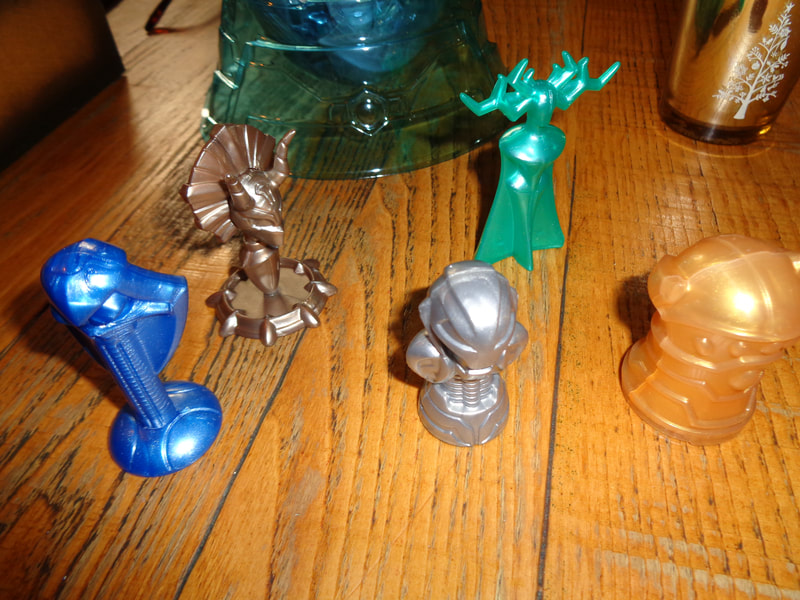
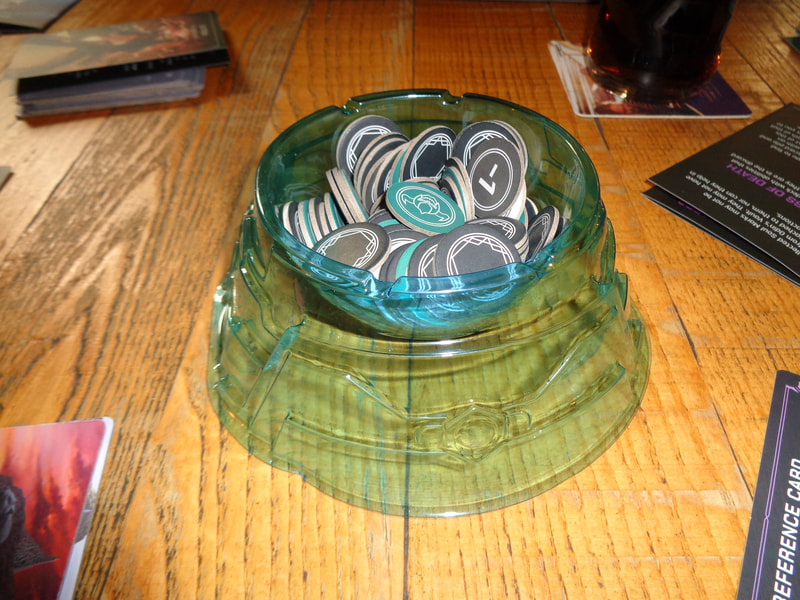
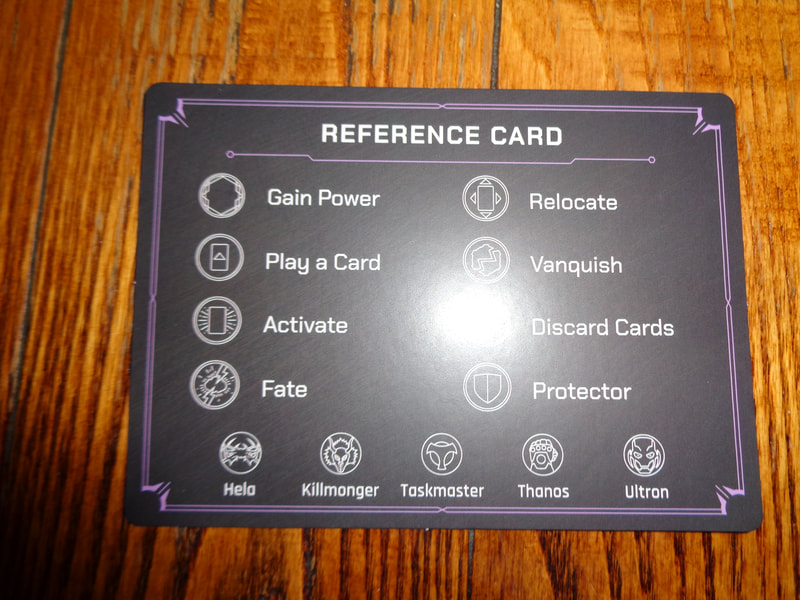
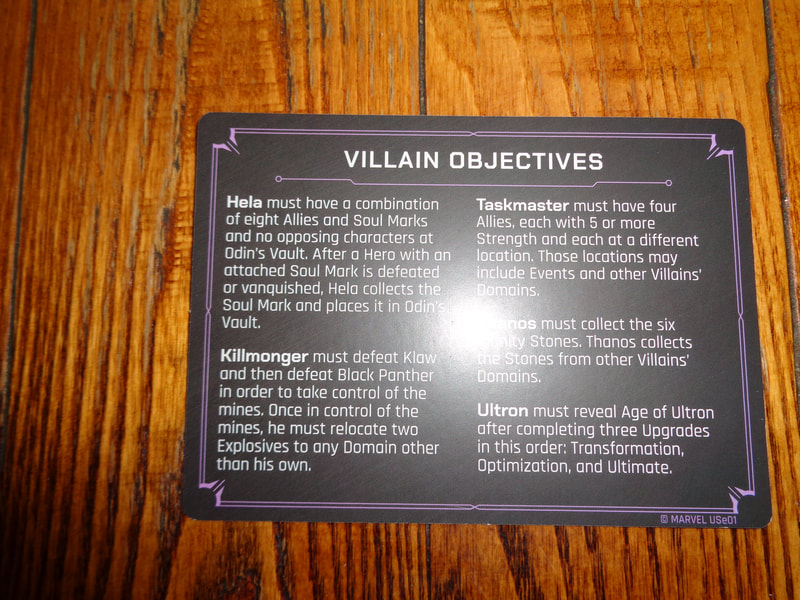
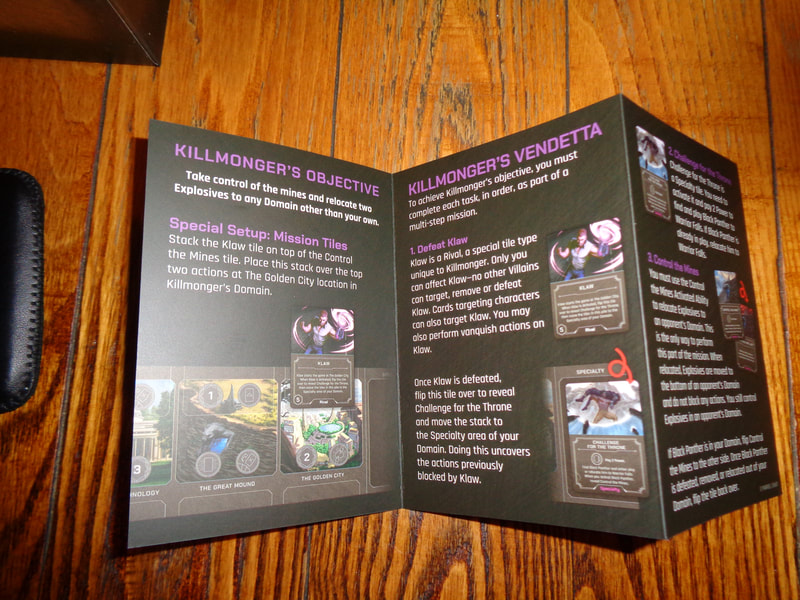
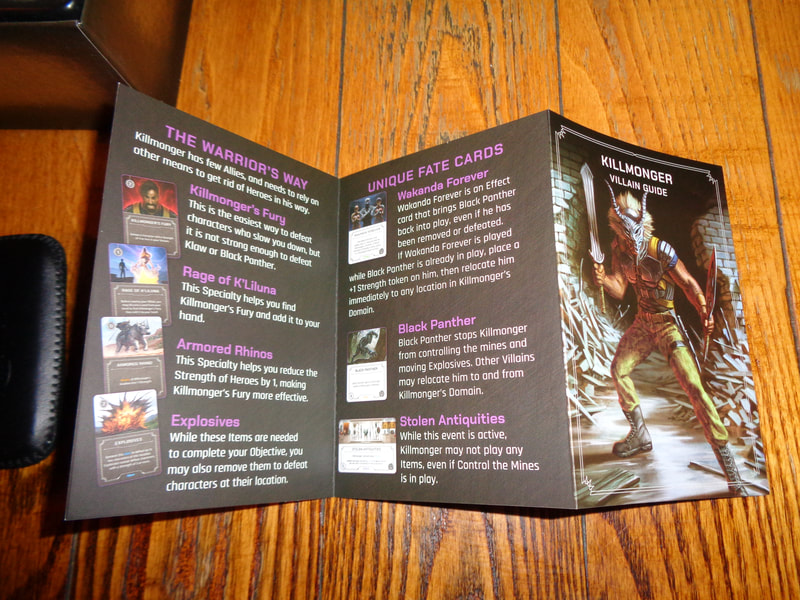
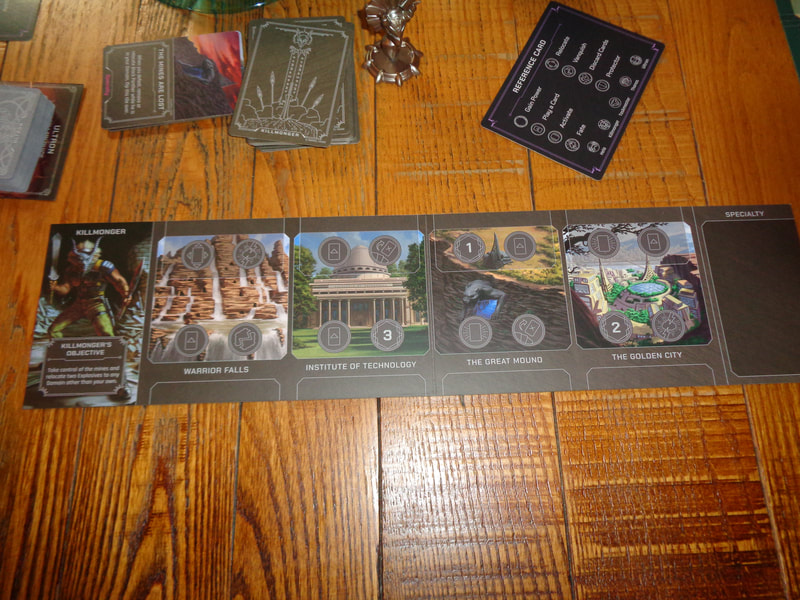
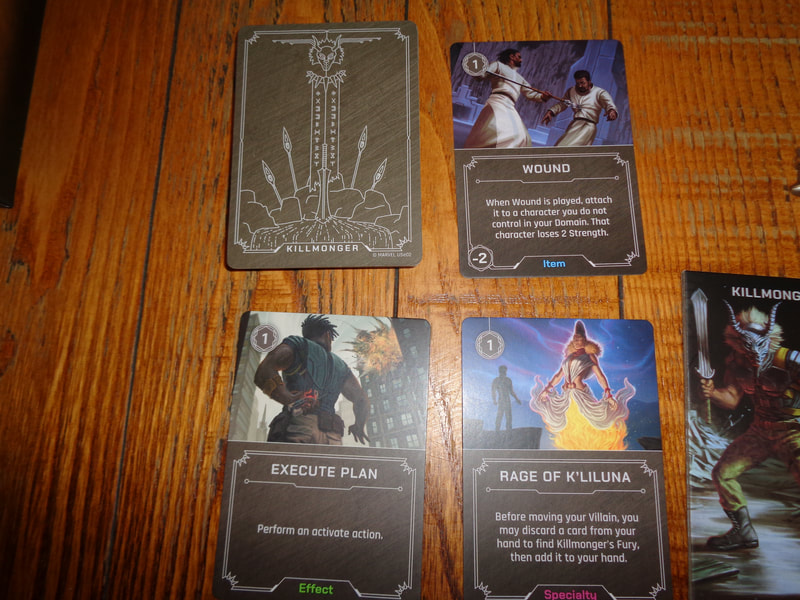
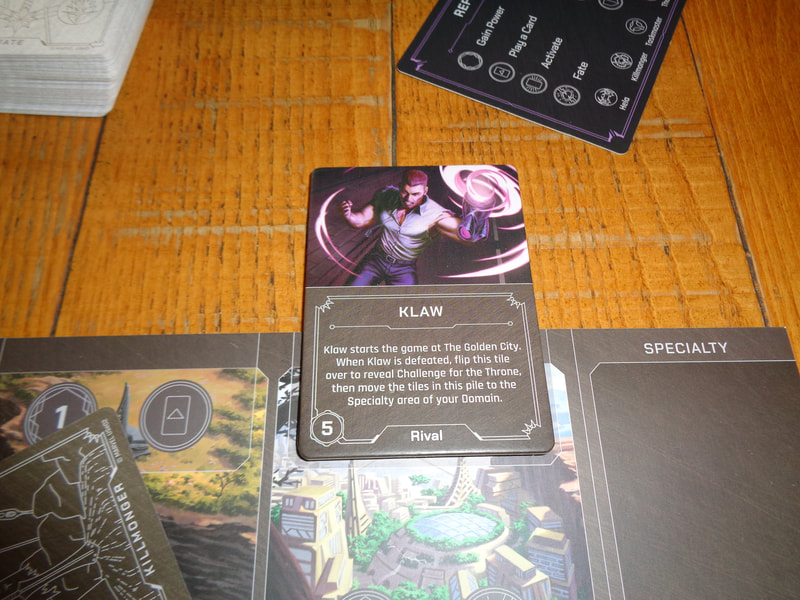
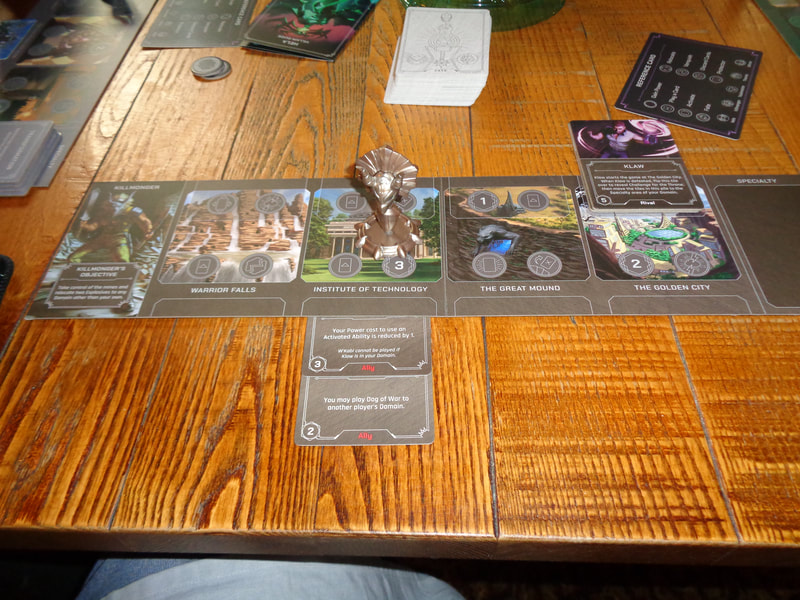
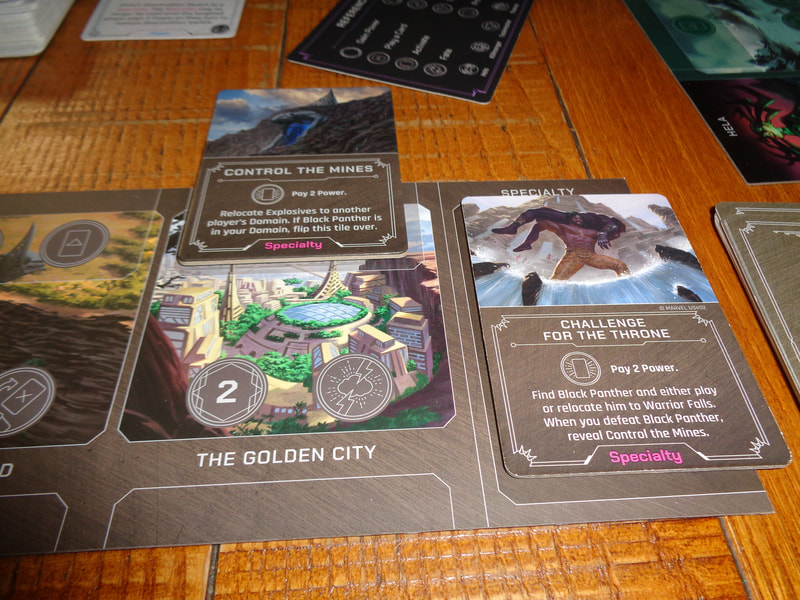
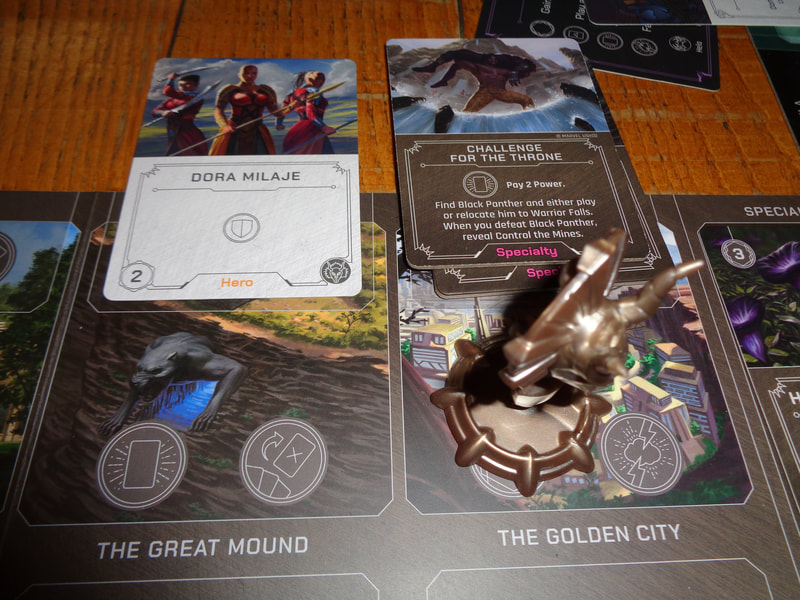
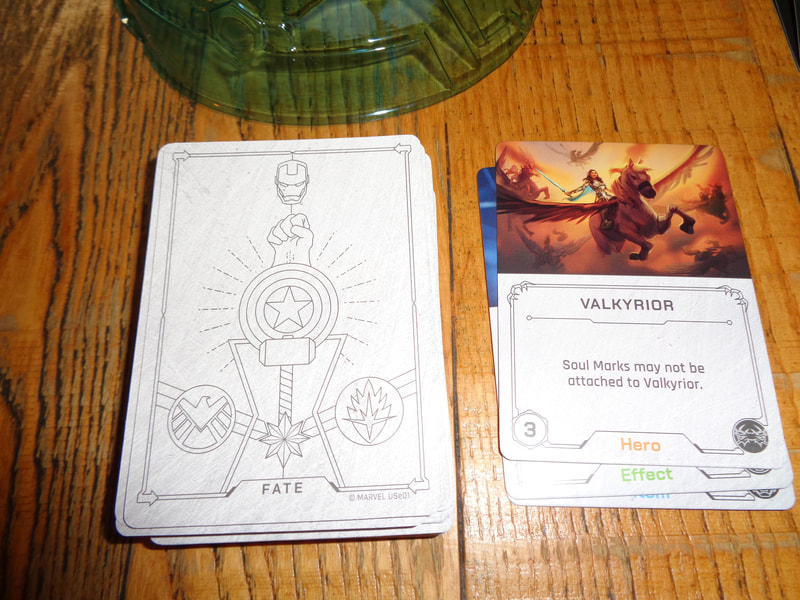
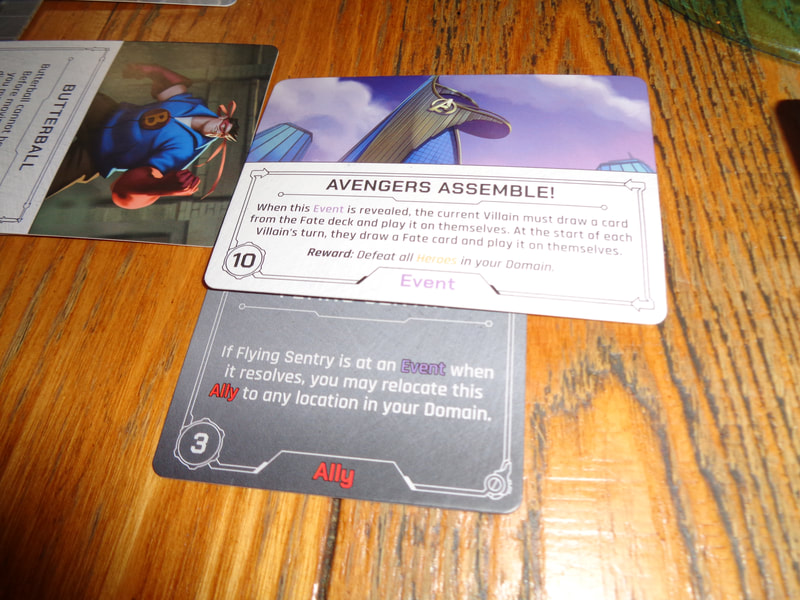
 RSS Feed
RSS Feed
